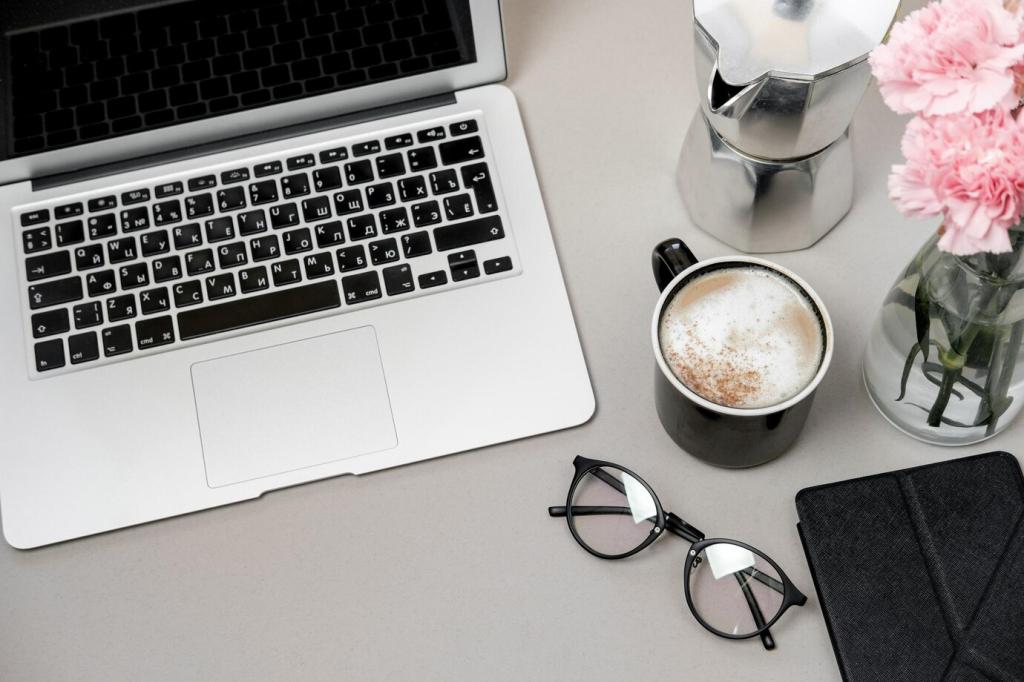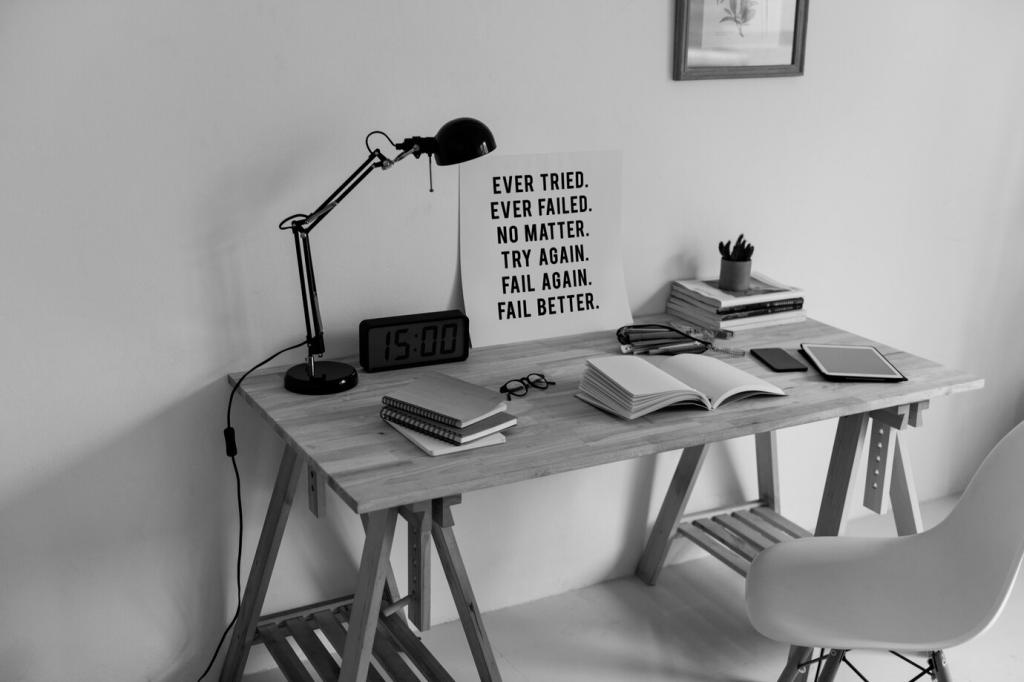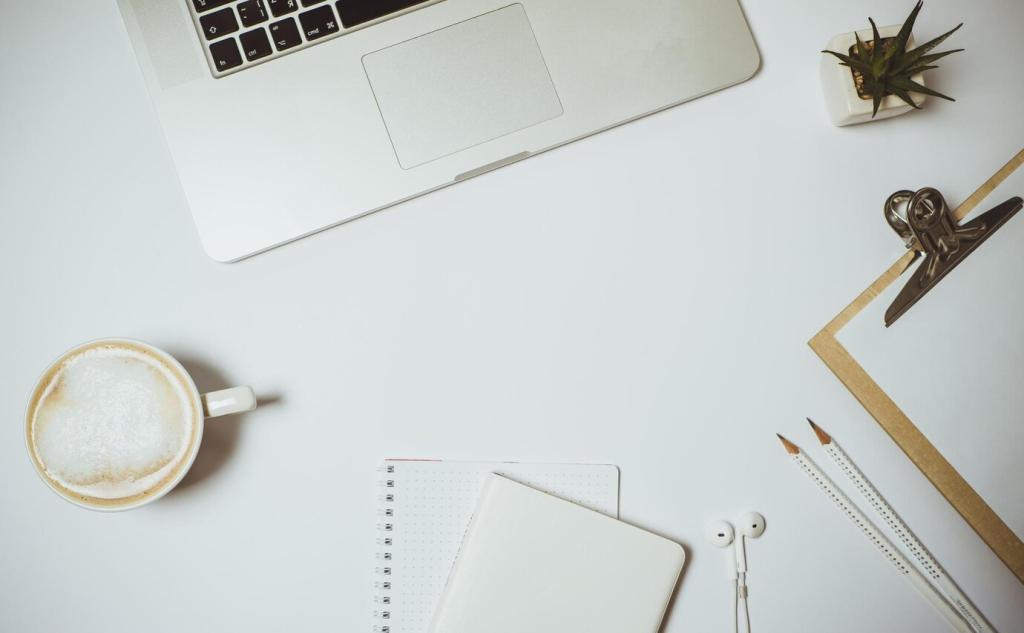Practical Guidelines for Curating Office Art
Map the office into zones: focus, collaboration, transition, and welcome. Define what each area should make people feel, then curate accordingly. A purposeful plan prevents visual clutter and makes art genuinely useful. Share your floor plan challenges, and we’ll suggest a zone strategy in the comments.
Practical Guidelines for Curating Office Art
Oversized pieces anchor lounges; smaller works suit corridors and nooks. Use glare-free glass near windows, warm lighting for texture, and resilient materials where traffic is heavy. Test views from seated and standing positions. Want our lighting cheat sheet? Subscribe and get a one-page quick guide.



